|
Action of the Month for April Birds provide humans with so many benefits. Their colors can be beautiful, their songs can bring us joy and peace, and their behaviors can inspire wonder and appreciation. Practically speaking, they help control insect populations, disperse seeds for plants we need, decrease the spread of disease by consuming carcasses, and pollinate plants we need and enjoy. 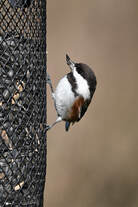 Basic Action: Protect birds from dangers that are human-caused Birds need our help now! The Cornell Lab of Ornithology reports that nearly 3 billion birds have disappeared from the U.S. and Canada in the last 50 years. The population of 40% of bird species worldwide are decreasing, including over half of all prairie birds. One in eight species are threatened by extinction. We can be part of the solution! We can make improvements in our own environments that can safeguard bird lives. Birds need our help in to reduce these three important dangers:
 Window Strikes The leading human-cause of bird mortality may be window strikes. Audubon Pennsylvania reports that the low estimate is that at least a million birds are killed per day by window strikes. This is because of both reflections and see-through effects of windows. Reflections in a window cause the birds to think they see natural space to fly into when the window reflects that. If windows are lined up across rooms so that birds see through the closest window, through a room, and out the window on the other side to the outdoors, they do not sense the windows blocking their route through. 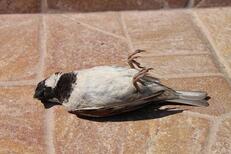 50% of the collisions leave no evidence below the windows because many birds that strike windows fly off and die later of their concussions and internal injuries. They can suffer for days before the end. And if that bird is a parent, their young are likely to die as well without their care. Numerous robins and cedar waxwings die by collision. Window collisions are preventable by making your windows visible to birds in order to prevent window strikes. Treat your windows that face bird feeders or good bird habitat first. Here are some easy and economical ways to reduce bird window strikes:
Bird habitats Bird habitats have been degrading and destroyed in grasslands, forests, oceans, and neighborhoods. 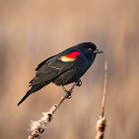
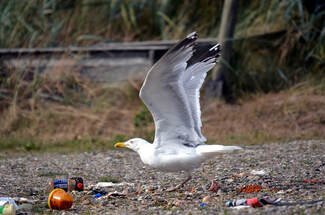
,Cats We love our pets. And one of the best ways to protect feline pets is to keep them safely indoors. This also protects the bird population. Free-roaming cats kill about 2 billion birds a year and have contributed to extinction of some species. Even well-fed cats kill birds, so they do not kill just because they need food. Cat owners, there are some actions you can take to benefit both your pets and the birds outdoors. Bring your cats indoors so that they are not subject to danger from vehicles or other animals, and it will also protect the bird population. Neuter or spay cats. Bring strays to the animal shelter for care and to find good homes. If you are committed to your cat being outside, use a collar with a bell on it to warn birds or tie on a brightly-colored little neckerchief that will show birds their movements nearby. You can love your cat and love the birds.  Advanced Actions: Learn about and advocate for bird survival
0 Comments
Leave a Reply. |
Action of the MonthJoin our Creation Care’s Action of the Month Program to carry out a monthly task for the earth! Purpose of the program:
Part of our spiritual calling for personal discipleship at home and work is to care for creation. Because the quantity of actions this implies can seem overwhelming, our Action of the Month Program provides one action to take each month. At the end of the month, you have a new habit. And if you find the basic action is something you already do, or if you find it not appropriate to your situation, or if you simply want to be a high-achiever, you can also find an advanced option to use as your alternative. Categories |

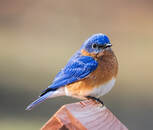
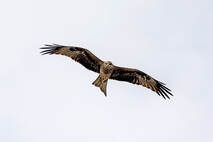
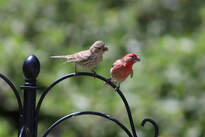
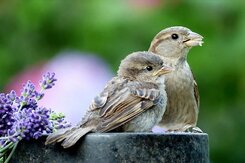
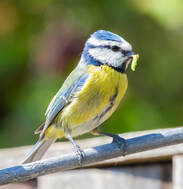
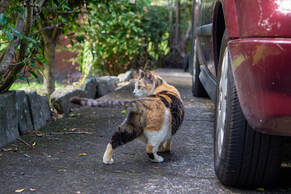
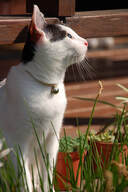

 RSS Feed
RSS Feed